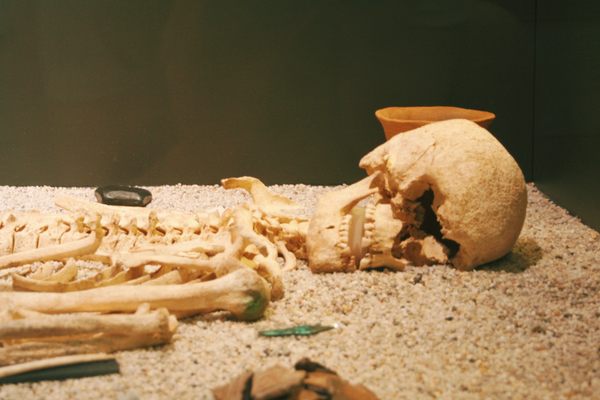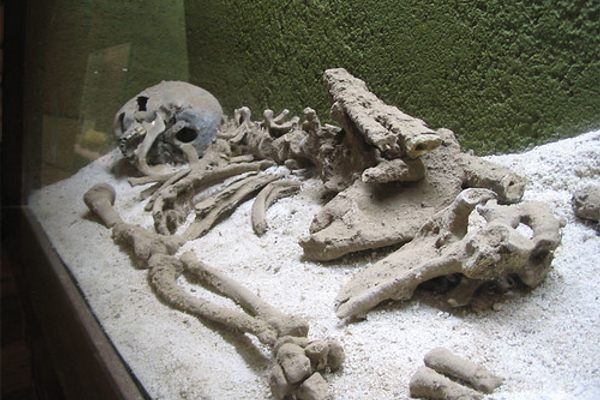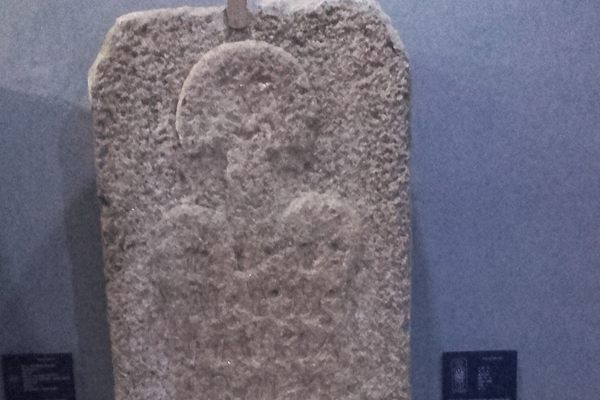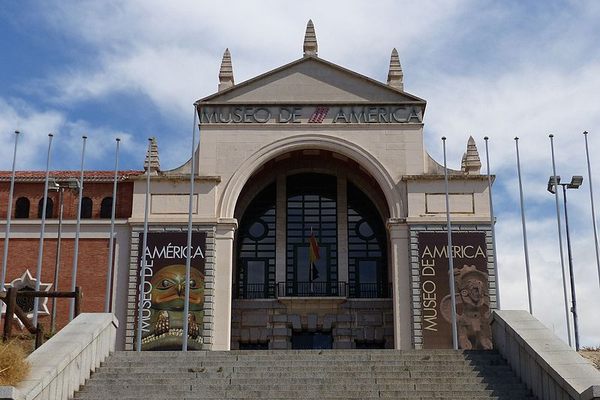About
Stonehenge is a fascinating spot to visit. Built between 3,000 and 1,600 BC (its exact date of origin is still highly contested), the enigmatic stone circle has amazed and perplexed people for centuries. Many theories, including the belief that human sacrifices occurred there, surround the legacy of the iconic monument.
Perhaps a few victims of such sacrifices are kept in the nearby visitors center. These ancient skeletons were discovered during archaeological digs in 2001. Were they actually sacrificed? No one can say for sure, but lab testing revealed they died and were buried on the site between 3,600 and 2,200 BC, possibly before the stone circle we know and love today was constructed.
The bones have been displayed since the new Stonehenge Visitor Centre opened in 2013. Their presence angered the local druids, who lobbied to have the Neolithic humans reburied with dignity rather than encased in glass displays within a hotspot of tourist traffic. The Neo-druids claim to be the descendants of these long-deceased pagans who allegedly come from a royal bloodline, even though claims that the original druids built the structure have been debunked.
The human remains are exhibited toward the back of the visitors center in the permanent artifacts collection. Whenever viewing human remains of any kind, it is important to remember that they were once living, breathing people. Please respect these ancient travelers.
Related Tags
Community Contributors
Added By
Published
October 18, 2017
Sources
- http://www.bbc.com/news/uk-england-wiltshire-25432731
- http://www.salisburyjournal.co.uk/news/salisbury/salisburynews/10405240.Druid_protest_at_Stonehenge_display_plans/
- http://nomosjournal.org/columns/heritage-and-the-holy/faith-and-stonehenge-to-display-or-rebury/
- http://www.thestonehengetour.info/stonehenge-visitor-centre
- http://www.telegraph.co.uk/travel/destinations/europe/united-kingdom/england/wiltshire/articles/Stonehenge-unveils-its-new-visitor-centre/
- https://books.google.com/books?id=XwDGBQAAQBAJ&pg=PT125&lpg=PT125&dq=Stonehenge+visitor+center+%2B+human+remains&source=bl&ots=7hlTHetDKr&sig=oA_XOtnogtVaebRyNkcQdiGF3H4&hl=en&sa=X&ved=0ahUKEwif7ob-tvjWAhWa0YMKHf18C6g4ChDoAQglMAA#v=onepage&q=Stonehenge%20visitor%20center%20%2B%20human%20remains&f=false
- http://www.cnn.com/travel/article/stonehenge-visitor-center/index.html










































